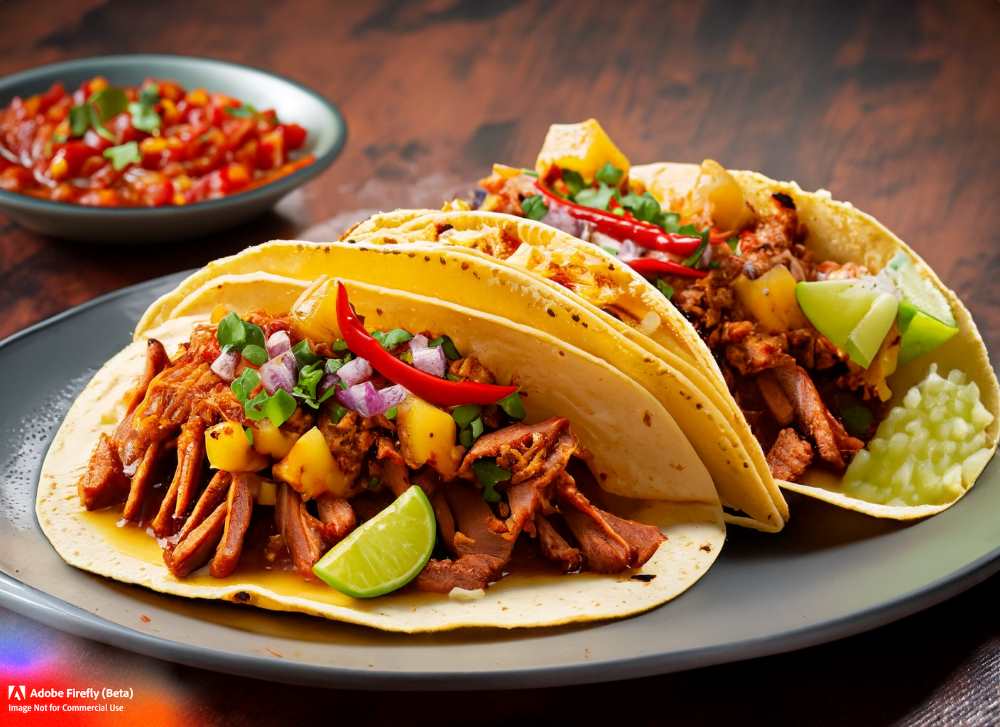The Surprising Influence of Chili Peppers on Mexican Character
Discover the deep roots of chili peppers in Mexican cuisine and culture. Learn about the variety of chilies, their health benefits, and the influence of chili peppers on the character of Mexicans.





